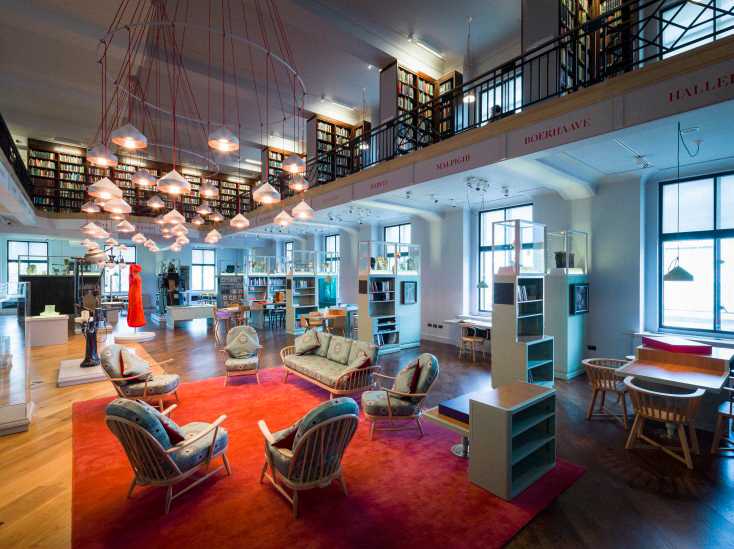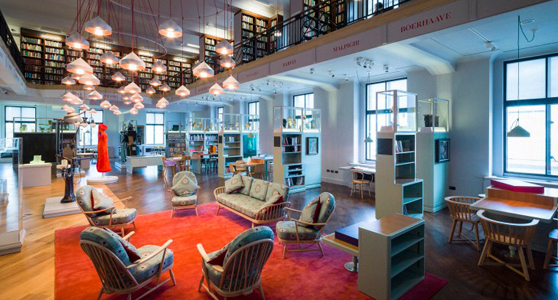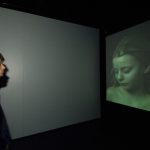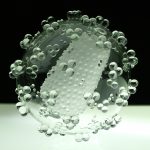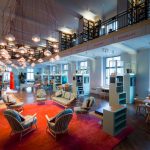Thinking things through: reviving museum research
Keywords
art, exhibition, experience, experiment, humanities, knowledge, material culture, research, understanding, Wellcome Collection
Introduction
Like many who started out as an ‘assistant curator’, I came to work in museums after years of academic study. Evolving some and swapping other habits formed whilst at university has mostly suited my aptitudes and appetites. But a puzzle emerged: how might I hang on to the invigorating, indeed intoxicating practices of research? After a quarter century of being involved with projects that attempted working solutions to this museological conundrum, the following speculations outline a more considered response.
On taking over as its director, Ian Blatchford bravely criticised previous decades of activity at the Science Museum: he feared that they betrayed the lack of ‘a clear intellectual agenda’, and signalled his intention instead to return to a ‘classic art museum model of doing great exhibitions based on real research on our own collection’ (Stephens, 2012, p 37). Blatchford is right, the vibrancy of any museum (no matter what its subject) is emphatically expressed through the vitality of its investigation-led programming. This is how we come to judge its ability to inspire visitors to spend their time fruitfully thinking things through and out loud. For museums need to be places where people (both visiting and working) are able to study rather than just learn; and this should be possible without turning them into the earnest, elitist institutions that these ponderous words might suggest. As the following will make clear, I am optimistic about how much could be done in the spirit of research within curious and adventurous public museums.
Knowledge and museum understanding
https://dx.doi.org/10.15180/160505/001No one is more acutely aware than those working within universities these days about how much more complicated the ‘knowledge economy’ has become: how much more difficult it is to say exactly where we should expect telling new insights and information to emerge. Academia’s previously dominant role has gradually had to be shared with areas of business, government, broadcast, entertainment and, increasingly, across the tidal wave of ‘citizens-band’ on-line initiatives. There are, of course, economic repercussions that follow from the globalisation and general diffusion of research agendas, especially when questions of ‘translation’ and ‘impact’ threaten to further complicate a simple ideal of the detached and disinterested pursuit of knowledge (Munck, 2010). The consequent intellectual recalibrations are generally shaking up campuses, with innovations being trialled in examinations, course structures, study methods and funding strategies. And away from formal education, various quasi-academic enterprises have popped up, signalling their learning-with-a-difference approaches through evocative titles like School of Life, Institute of Ideas and Makerversity. Even thoroughly commercialised summer music festivals have toyed with brainier sideshows based on comedy, mindfulness, poetry, drama and even science.
What, one wonders, could museums contribute (collaboratively maybe) by way of their own unique new courses, trialled as ‘summer schools’? Might they offer students seeking a less orthodox curriculum access to an open public platform that hosted widely sourced guest experts; studio or laboratory-based workshops actively focused on material- and visual-culture; and learning environments that made the most of the far-from-ivory-towers public soil in which museums are so firmly planted; all of which channelled by a thematic enquiry aimed at some productive (if not examined) outcomes? We should be wary of the over-orchestrated meddling that such speculations potentially posit. Museums have too often been dragged, albeit sometimes with good intentions, far from what Hilde Hein has playfully, but also wisely, reminded us are their ‘idle roots’; having to work around heavy-handed instrumentalist goals foisted onto institutions that should essentially be ‘gratuitous and wondrously unencumber[ed]’ (Hein, 2006, pp 1–2). It is all too easy to over-promise what they are capable of while simultaneously ignoring what in essence they are good at. But a general point about the relatively untapped research potential of museums nonetheless still stands: they are ideally placed to exploit distinctive new roles in a shifting epistemological landscape, providing places for alternative models of partaking in more accessible research.
Since its launch in 2007, Wellcome Collection has sought to make a contribution to the idea of popular, investigation-led programming. Starting with the levelling assumption of a shared ‘incurable curiosity’, its experimental exhibitions, events and other initiatives have attempted to grapple with interstitial topics – ones that aren’t entirely owned by a single discipline, and that provide intriguing, low-threshold entry points for inquisitive lay-people. Sometimes these projects have tackled subjects as broad as sleep, war, death or dirt (ones in which insights and examples from science and medicine sit comfortably alongside others from art, architecture and anthropology). At other times the curatorial approach has instead begun in such seemingly narrow domains as Japanese outsider art or Mexican votive pictures and from there draw out telling, specific inflections of such universal ideas as creativity, hope and gratitude. Woven throughout all these projects has been a collaborative enthusiasm for finding things out across expert viewpoints and practices, but also, crucially, with the involvement of an active visiting public.
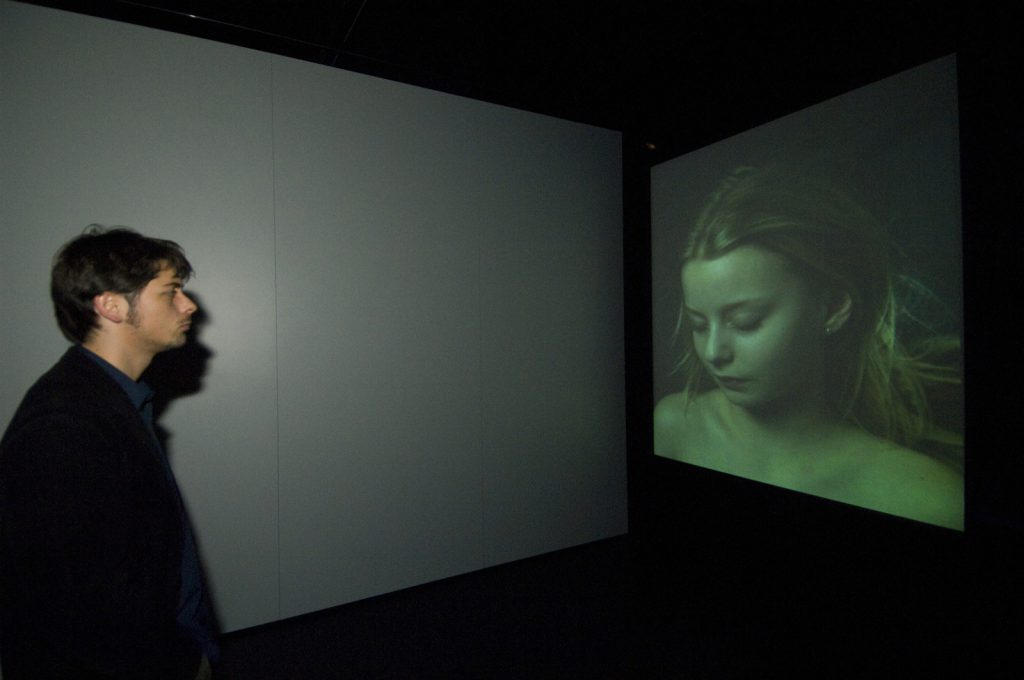
What general characteristics might such museum-based investigations share? To start with, Stefan Collini has helpfully contrasted two epistemological formulae. In one equation ‘skills + information = knowledge’; in the other, ‘experience + reflection = understanding’ (Collini, 2012, pp 77–78). The former has worked exceedingly well in the sciences; but the latter, he suggests, is more illuminating for the humanities, where understanding is recognised as ‘a human activity that depends in part upon the qualities of the understander’, and where the ‘kinds of understanding and judgement exercised…are of a piece with [those]…involved in living a life’. With very few exceptions (scientists working with natural history collections probably being the most obvious), the fresh ideas and thinking that museums create has, in Collini’s terms, more to do with ‘understanding’ than scientific knowledge. No matter what their subject, museum programming is, I believe, properly and primarily concerned with generating the more local, subjective and shorter-lived insights of the humanities. Embracing the fact that those who engage with museums (from curators and researchers through to audiences) are more concerned to think things through than find things out, they should aim to manufacture a type of understanding that is decidedly livelier and more relevant rather than the alternative, drier, but frankly unrealistic promise of enduring objective knowledge.
Museums seem predisposed to guide inquisitive minds toward topics that sit comfortably between established academic traditions, in part no doubt because their collections are so frequently disparate in nature, and so open to potential re-examination from fresh perspectives. Participants who engage with this type of innovative enquiry are also prone to exploit more than one type of experience. To borrow the sentiments expressed in John Dewey’s approach to aesthetics, in welcoming the poetic as well as prosaic, the aesthetic as well as scientific, and expressions as well as statements, museums don’t just lead their guests towards experiences: they genuinely constitute them (Dewey, 1980, p 85). Visitors go to museums in search of enriching experiences and seem to find surprisingly little difficulty in turning from looking at things, to reading a little, to (sometimes) talking, or at least listening, to others, to (almost invariably) watching a film, or playing a game, for example. They also increasingly expect actively to do a thing or two: to make something tangible, or at least a mark or verbal contribution. This experientially varied version of museum thinking will for many recall Howard Gardner’s breakthrough insights into our ‘multiple intelligences’, which added synthetic, creative, empathetic, kinetic and other types of acumen to more traditional forms of logical, factual and linguistic understanding (Gardner, 2011).
There is also something profoundly aesthetic about the self-motivated research that I am advocating. For no matter what their ostensible subject matter or content, or indeed style of presentation, museums are, I believe, always in part about art. Svetlana Alpers identified this as ‘the museum effect’, which is maybe just one specific instance of the distinction John Dewey made between recognition and perception (Alpers, 1991, pp 25–7). The former ‘involves no stir of the organism, no inner commotion. But an act of perception proceeds by waves that extend serially throughout the entire organism’. In an era of ever-shortening attention spans, this entreaty to examine things in museums ‘as if art’ can lead us back to the value of really delving into something, rather than just briefly noticing it. The limiting ‘conception that objects have fixed and unalterable values is precisely the prejudice from which art emancipates us’. And it is the ‘museum effect’ that helps us sidestep the trap of adhering to ‘conventional associations’. Sticking with Dewey just a little longer, his subtly persuasive view of art also encourages us to recognise how thoroughly it is connected with, and yet an illuminating extension of, everyday life. It throws ‘off the covers that hide the expressiveness of experienced things; … [enabling] us to forget ourselves by finding ourselves in the delight of experiencing the world about us’. Applied to museums, these sentiments are a reminder that their aesthetic significance lies not simply in setting off precious things in attractive surroundings, but also rather more fundamentally, in their encouragement to visitors to grasp life-enhancing insights (Dewey, 1980, pp 53, 95, 104).
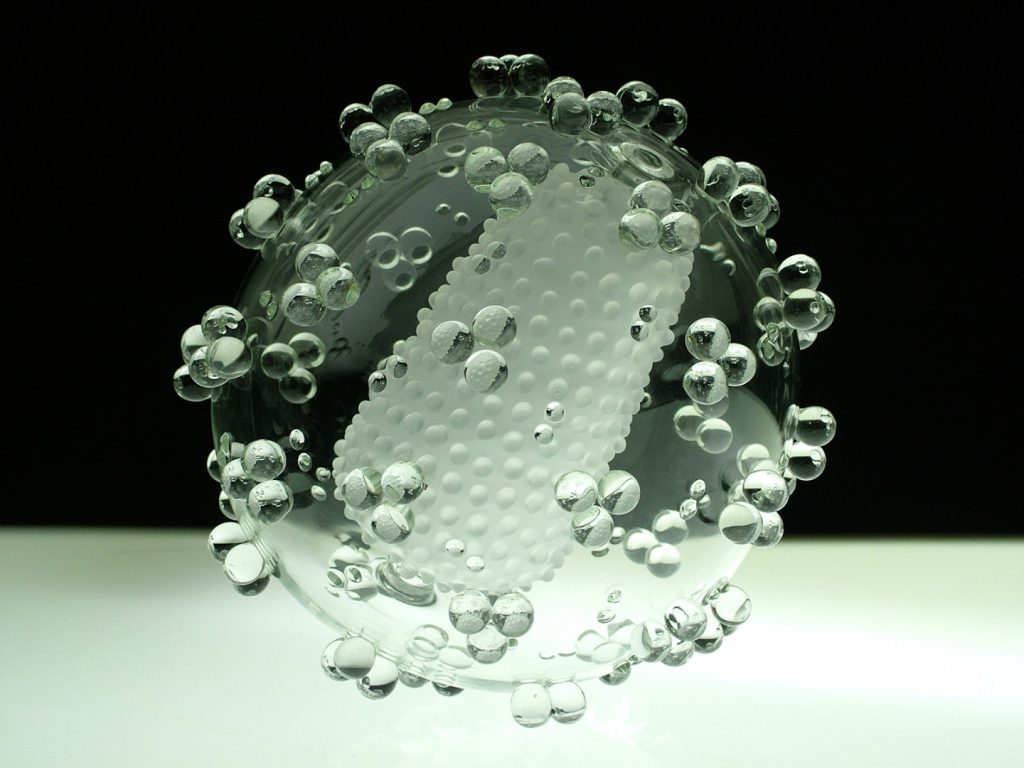
If museums encourage an active concern with an experience-based aesthetic, they fundamentally do so by directing attention towards special tangible instances (things), rather than abstract propositions. Exhibits have forever been the stuff of museums, and as anthropologist Daniel Miller insists: ‘the best way to understand, convey and appreciate our humanity is through attention to our fundamental materiality’, because this is where we derive ‘the landscapes of our imagination, as well as the cultural environment to which we adapt’ (Miller, 2011, pp 4, 51). The complicated and shifting significance of objects will, of course, be endlessly asserted and reconsidered; but it has been interesting to see recent challenges to the dominant semiotic emphasis on meaning – the idea that museums should principally aim to articulate hidden symbolic significances. Miller asks us instead to linger with the superficial aspects of things, and is joined by literary theorist Hans Ulrich Gumbrecht in reasserting the value of ‘the thingness of the world’: its presence (Gumbrecht, 2004, p 92). With these immediate qualities of things in mind, two other concepts illuminate the power museums can derive from their objects: namely, position and juxtaposition. The art of curating in many ways emerges from a disciplined extension of the very ordinary act of placing something so that it is noticed: a theatrically suspended means of pointing at something. Added to this initial material gesture is the second one of placing other things in proximity to complement, contrast or somehow relate to the first. And as anthropologist Gregory Bateson rather grandly asserts, the ‘word idea, in its most elementary sense, is synonymous with difference’. Museums allow differences to teach.
The exhibition as experiment
https://dx.doi.org/10.15180/160505/002It follows that the rejuvenation of a research agenda for museums may fruitfully be grounded on a core concern with material culture, approached as a series of authentic, singular opportunities for heightened aesthetic delving, and this through a range of experiences, intelligences and disciplines. This may sound rather contrived and convoluted, but it is precisely these convictions that have inspired the best of museum programming over recent decades, and in particular the more effective experimental temporary exhibitions and events that aim not just at reflecting and disseminating established knowledge, but rather at shifting understanding and producing new ideas. It is this type of ‘show business’ that provides museums with their most articulate and attractive means of demonstrating the enhanced epistemological significance that I am claiming for them (MacDonald and Basu, 2007, pp 2–3).
The first step of tackling exhibitions as a means visually to demonstrate rather than just say something is one that has gradually become almost routine, particularly in museums focused on art history and anthropology. But at an altogether more intense level of inventiveness, the short-duration exhibitions that have made greatest impact on our increasingly pop-up culture have come from contemporary art. Curator and exhibition-as-art advocate Hans Ulrich Obrist describes the essence of this highly experimental practice as ‘the attempted pollination of culture, or a form of map-making that opens new routes through a city, a people or a world view’ (Obrist, 2014, pp 1, 4, 24, 168, and Obrist, in conversation). As a form of public artistic deliberation, these temporary shows have been licensed to defy expectations precisely because they are that: short-lived. They are likely to induce less anxiety about whether they can stand the test of extended and repeated inspection: an invitation to play. They have also ushered in more fluid approaches to defining creative roles, with curators taking turns as investigators, artists becoming curators and/or researchers and designers sharing in the task of converting ideas into visitor experiences. Further, as Peter Weibel and Bruno Latour have pointed out, these exhibitions have taken a decidedly ‘performative turn’, with audiences anticipating a form of ‘enactment’ and ‘encounter’ rather than just ‘representation’ (Weibel and Latour, 2007).
The language of performance is suggestive, reminding us of a crucial role taken by one other set of players cast in acting out this form of research – the visiting public. Without them the museum-thinking that I am promoting would be thoroughly anaemic, and maybe just plain meaningless. But it is just as important to be clear that on its own, without curatorial, academic, creative and other professional inputs, the visitor experience would risk being empty. We have recently witnessed a considerable clamour to replace models of passive public dissemination with others based on the active involvement of those who would earlier have been identified as passive recipients. A particularly influential version of this viewpoint is advanced by Nina Simon, who tellingly draws ammunition from the dramatic shifts witnessed in the short history of digital culture, where a ‘broadcast’ mode of engagement characterising older websites and digital platforms has effectively been engulfed by myriad modes of user-participation unleashed by web 2.0. Her book The Participatory Museum provides a powerful justification for going beyond rather limp attempts to let visitors ‘have a bit of fun with the collection… [to much more serious invitations] to make meaningful contributions to museums in ways that improve the experience for staff, participants and visitors alike’ (Simon, 2010b, p 38; and Simon, 2010a). What is key is the interaction between these different roles: that is where meaning is created. Museum-based investigations are made real through the infinitely varied ways in which participants bring them to life, but we need to be careful about drifting towards the idea of co-production as a lazy orthodoxy. Wellcome Collection operates with the assumption that its visitors are all likely to be experts in something (themselves, if nothing else); but, and this is crucial, that they are all also going to be ignorant of many other aspects of its content, and that the balance of an average visitor’s expertise and ignorance does not have to be assumed equal in order to foster a rich investigative environment.
One other aspect of museum-research that needs highlighting is the heuristic role of museums themselves – for just by choosing to step over their institutional thresholds provides visitors with one other ingredient likely to induce public thoughtfulness, and that is an environment that positively promotes it. The refined territory occupied by museums profoundly influences the tone and quality of all that goes on within them (all the other ingredients I’ve described so far); but when artfully prepared and imaginatively designed such special houses can possess a thought-inducing value all of its own. Their significance as investigative spaces lies in the potential to support and induce an enhanced thirst for exploration. It is tempting to invoke laboratories, but also artists’ studios, as suggestively analogous spaces, with museums unusually welcoming and indeed thriving on direct visitor involvement. Interestingly, all three charged spaces (laboratories, studios and museums) were invented at roughly the same time in early-modern Europe; and all, arguably, provided those who pursued investigations within them with refined places removed from the distractions of the everyday world on the streets outside, where scientists, artists, curators and visitors could make better sense of it (Alpers, 1998). The particular distinction of museums lies then in their hybrid character, crucially crossed with forms of public display. Even here, further refinement is required, because as Richard Wentworth explains, exhibition spaces need to be distinguished from other displays, occupying something of an ‘exclusion zone… [where things] are laid out for you as they are in a shop, but there’s the possibility of research, of each person exploring it in their own way’ (Wentworth, 1998, p 6). While in museums the creation and dissemination of insights happens almost simultaneously; in laboratories and studios they are sequential, with potentially elaborate preparatory processes and considerable time-lags lying between.
And finally, it is vital to recall that museums are fundamentally public institutions, and that this too considerably influences the nature of our experiences in them. Our ‘public behaviour’ whilst there is, as Michel de Certeau observes, influenced from above by a top-down orchestration of public demeanour defined by official ‘places’ (museums have their written and unwritten rules!), and from below by visitors’ wilful intent to decide for themselves how to act in such ‘spaces’ (Certeau, 1984, p 117). Arriving with our anticipations of what types of behaviour are encouraged, augmented by what, frankly, we think we can get away with, we then set about exploring what is on offer; and this both by indulging our genuinely private imaginations and simultaneously by exercising other strands of thought animated by the exciting, but also potentially dangerous, company of strangers. For as David Carr has said, it is conversations (though as much imagined ones as actual chats we might have with other visitors) that inspire us to gain knowledge in museums: it is ‘the evidence of another intelligence at work next to ours; … [that ultimately enables us] to understand what we might independently become’ (Carr, 2006, p 16). This process of museum-understanding-as-research is undeniably and inevitably complicated (visitors are left to make so many decisions about how they should spend their time), but within these creative tensions museums are set to emerge as richer and more animated places and spaces in which to think out loud.
